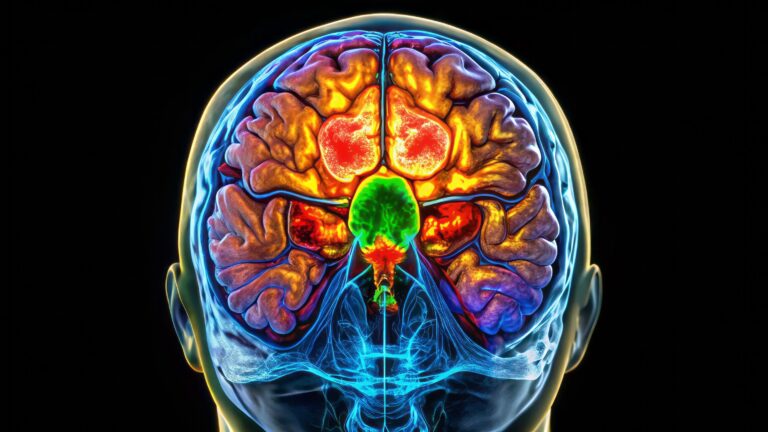Gadolinium-Based Contrast Agents
Gadolinium-Based Contrast Agents (GBCAs) are chemical compounds used in medical imaging, particularly in magnetic resonance imaging (MRI), to enhance the clarity and diagnostic capability of images. Gadolinium (Gd) is a rare earth metal that possesses unique paramagnetic properties, making it highly effective in improving MRI signal intensity. However, because free gadolinium ions are toxic to biological systems, they are tightly bound within chelating agents to form stable complexes. This design reduces toxicity and allows safe use in clinical settings.
Applications in Imaging
GBCAs are primarily used in MRI to visualise blood vessels, tissues, and pathological changes in organs. Their effectiveness lies in their ability to shorten the relaxation times of water protons in tissues, resulting in enhanced contrast between different structures. They are particularly useful in diagnosing conditions such as tumours, vascular abnormalities, and inflammatory diseases. For instance, GBCAs can help detect brain metastases or characterise lesions in multiple sclerosis by revealing breakdowns in the blood-brain barrier.
Types of GBCAs
GBCAs are categorised into two main types based on their molecular structure: linear and macrocyclic agents. Linear agents have an open-chain structure, while macrocyclic agents feature a ring-like, more stable configuration. Macrocyclic agents are generally considered safer due to their greater resistance to releasing gadolinium ions into the body. GBCAs can also be ionic or non-ionic, further influencing their pharmacokinetic properties.
Safety and Adverse Effects
Although GBCAs are generally safe for most patients, their use is not without risks. The most common side effects are mild and transient, such as nausea, headaches, and dizziness. However, a rare but serious condition known as nephrogenic systemic fibrosis (NSF) has been linked to GBCA use in patients with severe renal impairment. NSF is characterised by thickening of the skin and connective tissues, leading to pain and mobility issues.
To mitigate risks, newer GBCAs with higher stability and lower gadolinium release rates have been developed. Additionally, regulatory bodies such as the European Medicines Agency (EMA) have restricted the use of some linear GBCAs, favouring macrocyclic agents for most indications.
Environmental and Long-Term Concerns
The widespread use of GBCAs has raised concerns about gadolinium accumulation in the environment and the human body. Trace amounts of gadolinium have been detected in wastewater and rivers, potentially impacting aquatic ecosystems. Moreover, recent studies suggest that gadolinium deposits may persist in the brain and other tissues of patients, even in those with normal renal function. Although the clinical significance of these findings remains under investigation, it highlights the need for ongoing research into GBCA safety.
In conclusion, Gadolinium-Based Contrast Agents are indispensable tools in modern diagnostic imaging, offering unparalleled benefits in disease detection and management. However, their use requires careful consideration of potential risks and environmental impact.
You are here:
home » Gadolinium-Based Contrast Agents

